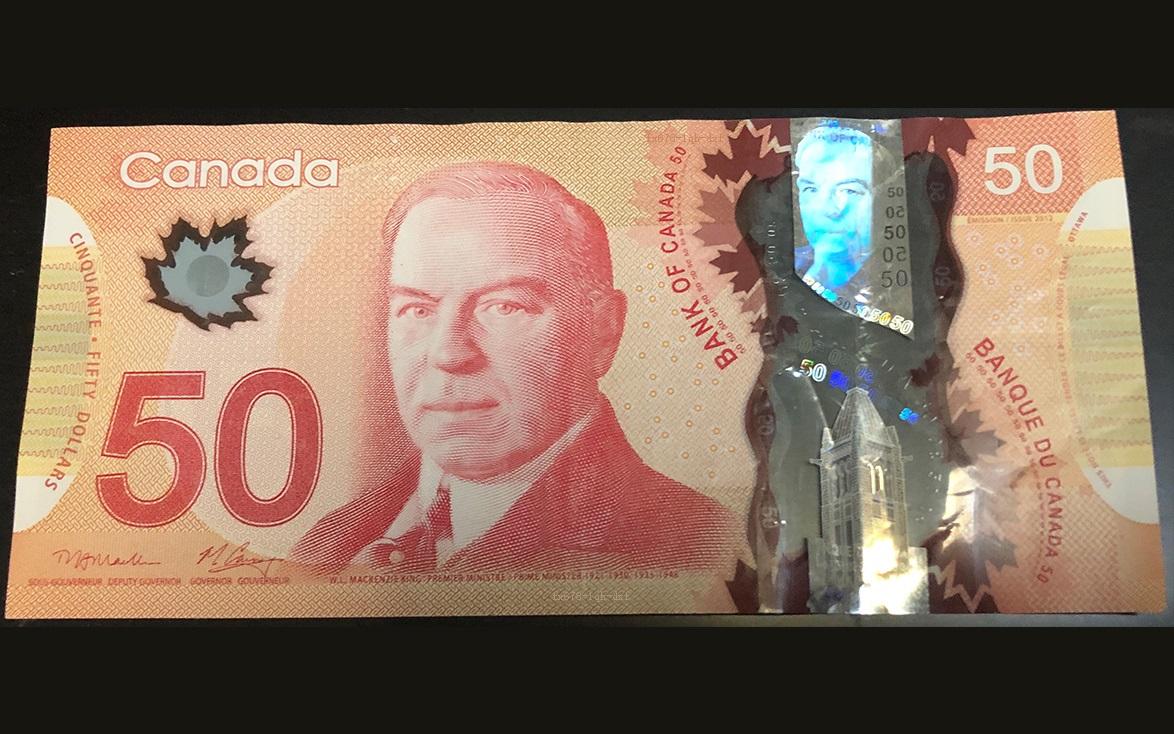Global trade concerns resurface, USD/CAD continues to fall, beware of downward acceleration
2025-07-04 14:36:50
The U.S. added 147,000 non-farm jobs in June, higher than the expected 110,000, but the sub-data showed that the private sector only added 74,000 jobs , far lower than the 137,000 in May and the three-month average of 115,000, which made the market doubt the sustainability of the U.S. economic recovery.
According to market surveys, Federal Reserve Vice Chairman Michelle Bowman and several officials said that if the private sector continues to be weak, labor market risks will increase and the Federal Reserve may consider adjusting interest rate policy as early as the end of July meeting.
The US dollar index (DXY) fell back below 97.00, giving up almost all the gains after the release of the non-agricultural data. This caused the USD/CAD to continue to fall, with the exchange rate retesting 1.3570 and the target pointing to the eight-month low of 1.3540.

The Canadian dollar underperformed most major currencies as trade concerns grew.
Although the weakening of the US dollar has brought short-term support to the Canadian dollar, the Canadian dollar is in a weak position against currencies such as the Japanese yen and the euro. According to the currency pair heat map, the Canadian dollar depreciated by 0.32% against the Japanese yen during the day, making it one of the worst performing currencies.
The main risk for the Canadian dollar lies in the upcoming US tariff decision on July 9. Trump has stated that he will send formal letters to countries that have not yet completed trade agreements with the United States, indicating the new round of tariff rates, and Canada may be the first to bear the brunt. If this move comes true, it will hit Canada's export prospects and drag the Canadian dollar further weaken.
Technical charts show that every attempt to rise USD/CAD is blocked near the 20-day exponential moving average (EMA), indicating that the market trend is bearish. The 14-day relative strength index (RSI) has fallen below 40.00, suggesting that the bearish momentum has increased.
The key support level below is at 1.3540 (the low on June 16). If it is effectively broken, it will open up further downside space, and the target may point to the psychological level of 1.3500 and the low of September 25 last year of 1.3420.
On the upside, if the exchange rate returns to above the high of 1.3820 on May 29, it will open the upward channel, with further targets at 1.3920 and 1.4000. However, given the current bearish fundamentals, the probability of this happening in the short term is not high.
A foreign exchange analyst in Toronto said: "Under the current dual background of the weakening U.S. dollar and the pressure on the Canadian dollar, USD/CAD has shown a 'weaker in the pseudo-weak' trend. Without the positive trade news, the Canadian dollar may not be immune."

Editor's opinion:
Although the US dollar has been supported in the short term by the non-agricultural data, weak private sector employment and fiscal problems continue to suppress the US dollar. Although the Canadian dollar has passively benefited, it also faces huge pressure from trade.
If the United States officially announces new tariffs on Canada next week, USD/CAD may fall first and then rise, and a technical rebound opportunity will also appear. Pay attention to the performance of the 1.3540 line. Whether it holds this level will determine the medium-term trend direction.
- Risk Warning and Disclaimer
- The market involves risk, and trading may not be suitable for all investors. This article is for reference only and does not constitute personal investment advice, nor does it take into account certain users’ specific investment objectives, financial situation, or other needs. Any investment decisions made based on this information are at your own risk.










